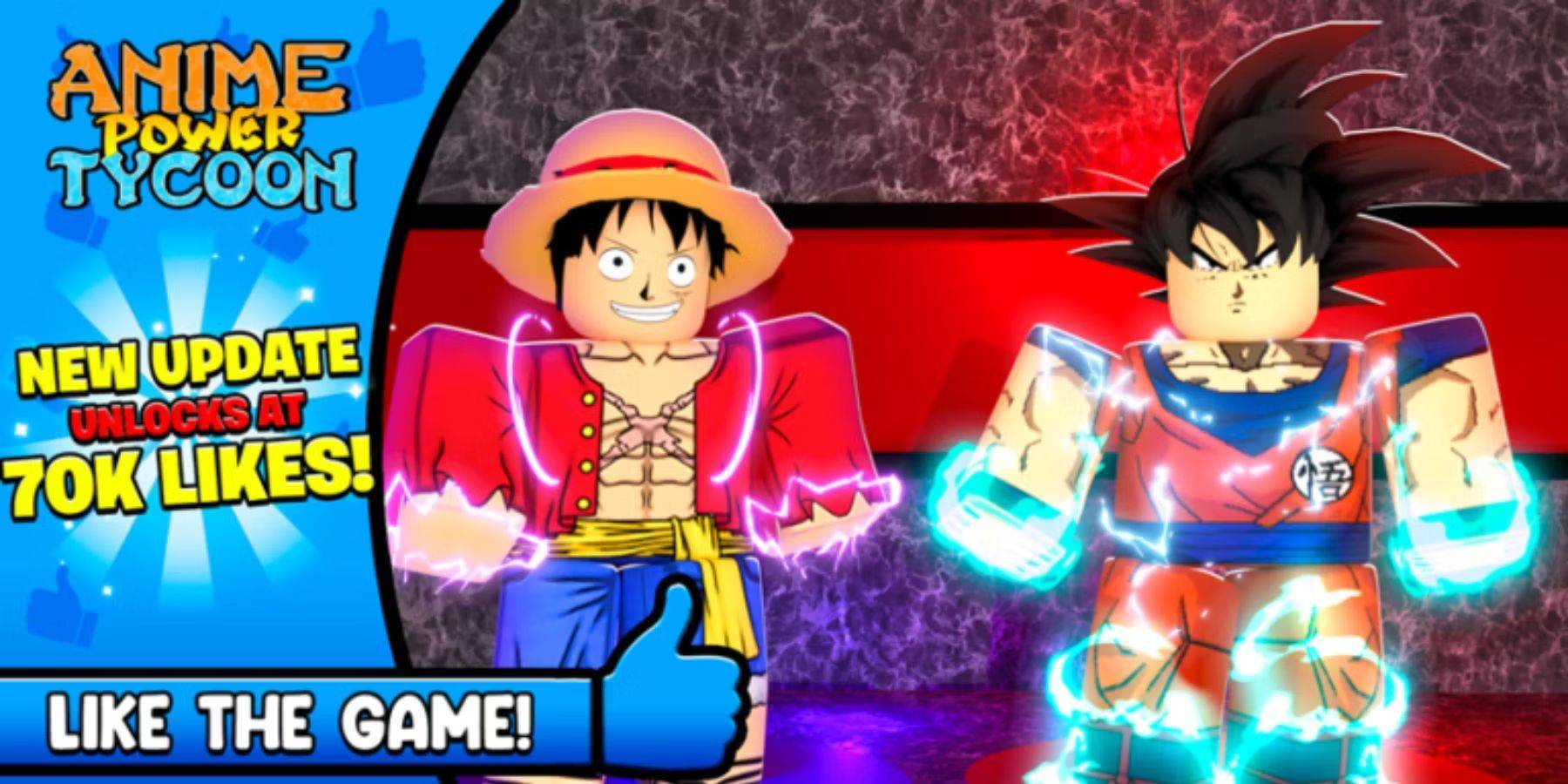Nintendo Consoles: Complete Release Date History
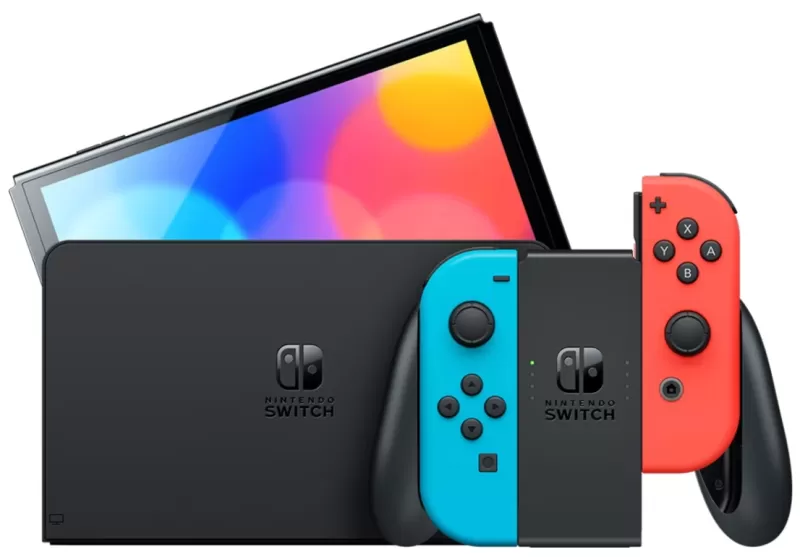
Nintendo is a household name in the gaming world, synonymous with creativity and innovation. From its inception, Nintendo has consistently pushed the boundaries of home console gaming, boasting a rich catalog of iconic intellectual properties (IPs) that remain beloved decades later. With an exciting lineup of upcoming titles, the company continues to demonstrate its commitment to evolving the gaming experience. As Nintendo officially announces the Switch 2, it's a perfect time to reflect on the gaming giant's storied history in the console market.
Below, we've compiled a comprehensive list of every console Nintendo has released, inviting you to explore the evolution of gaming through the ages and witness how Nintendo has continuously advanced the medium.
AnswerSee Results*Looking to save on a new Nintendo Switch or new titles for your system? Be sure to check out the best Nintendo deals available today.*How Many Nintendo Consoles Have There Been?
In total, 32 Nintendo consoles have been released throughout Nintendo's history. The Switch 2 will mark the 33rd. We've included all revision models for both home and handheld consoles, which encompass variations like XL and Mini.
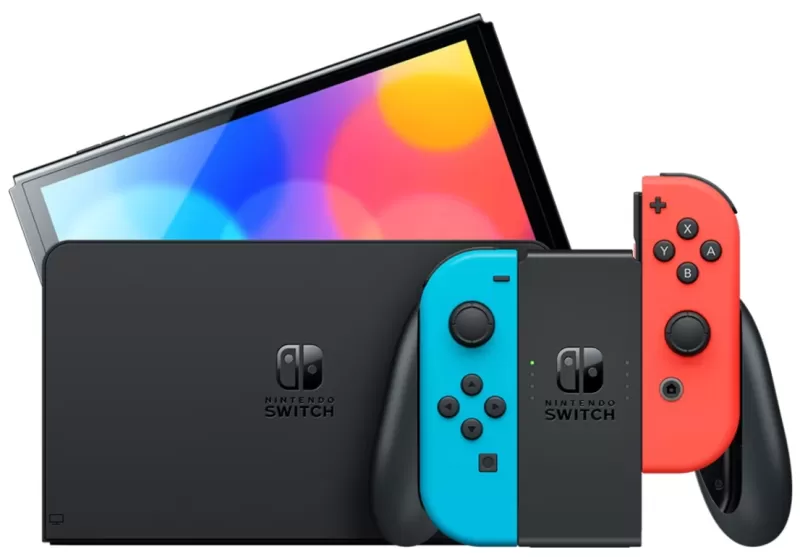 Latest Model### Nintendo Switch OLED (Neon Blue & Red)
Latest Model### Nintendo Switch OLED (Neon Blue & Red)
4See it at AmazonEvery Nintendo Console in Order of Release
Color TV-Game - June 1, 1977
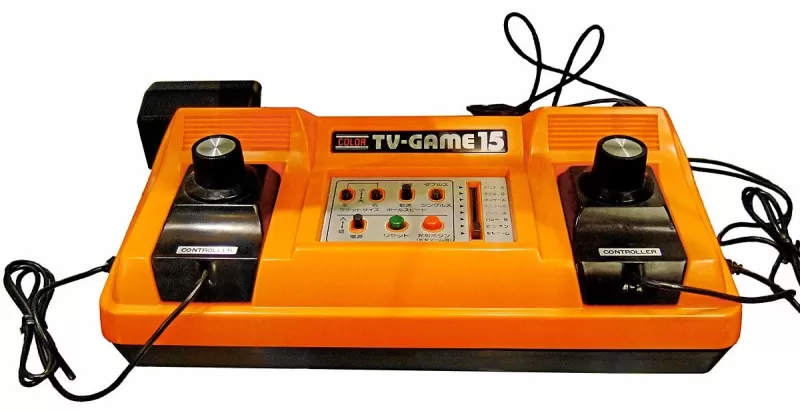 Nintendo's foray into the gaming hardware market began with the Color TV-Game series, a pioneering venture in partnership with Mitsubishi Electronics. This collaboration was crucial as Nintendo was new to hardware development at the time. The Color TV-Game systems were a huge success and set the stage for Nintendo's focus on gaming hardware, a legacy that continues to thrive nearly 50 years later.
Nintendo's foray into the gaming hardware market began with the Color TV-Game series, a pioneering venture in partnership with Mitsubishi Electronics. This collaboration was crucial as Nintendo was new to hardware development at the time. The Color TV-Game systems were a huge success and set the stage for Nintendo's focus on gaming hardware, a legacy that continues to thrive nearly 50 years later.
Game & Watch - April 28, 1980
 Nintendo's initial step into handheld gaming came with the Game & Watch series, each unit featuring a unique game. Despite their simple appearance, these devices sold over 40 million units worldwide, introducing innovations like the D-Pad, seen in the Donkey Kong Game & Watch. These handhelds have seen a revival with limited edition releases in 2020 and 2021 to celebrate the anniversaries of Mario and Zelda.
Nintendo's initial step into handheld gaming came with the Game & Watch series, each unit featuring a unique game. Despite their simple appearance, these devices sold over 40 million units worldwide, introducing innovations like the D-Pad, seen in the Donkey Kong Game & Watch. These handhelds have seen a revival with limited edition releases in 2020 and 2021 to celebrate the anniversaries of Mario and Zelda.
Nintendo Entertainment System - October 18, 1985
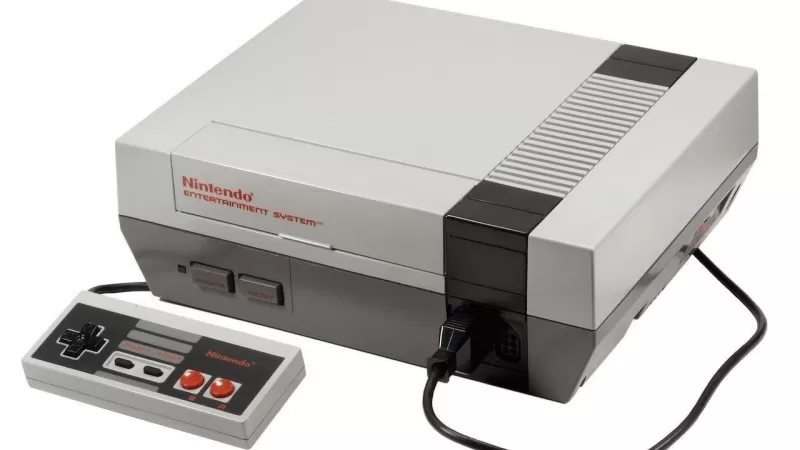 Known as the Family Computer (Famicom) in Japan, the Nintendo Entertainment System (NES) marked Nintendo's first home console release in North America. It revolutionized gaming with its cartridge system, allowing players to expand their game library. Many of Nintendo's flagship franchises, including Super Mario, The Legend of Zelda, and Metroid, debuted here, making the NES a cornerstone in video game history.
Known as the Family Computer (Famicom) in Japan, the Nintendo Entertainment System (NES) marked Nintendo's first home console release in North America. It revolutionized gaming with its cartridge system, allowing players to expand their game library. Many of Nintendo's flagship franchises, including Super Mario, The Legend of Zelda, and Metroid, debuted here, making the NES a cornerstone in video game history.
Game Boy - July 31, 1989
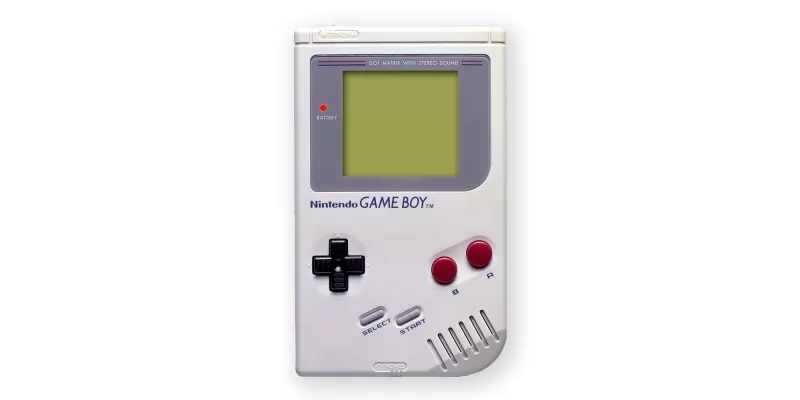 Launching in North America in the summer of 1989, the Game Boy was Nintendo's first dedicated handheld console. It advanced beyond the Game & Watch by using cartridges, enabling players to enjoy a variety of games. Tetris, bundled with the system in most regions except Japan, became synonymous with the Game Boy's success.
Launching in North America in the summer of 1989, the Game Boy was Nintendo's first dedicated handheld console. It advanced beyond the Game & Watch by using cartridges, enabling players to enjoy a variety of games. Tetris, bundled with the system in most regions except Japan, became synonymous with the Game Boy's success.
Super Nintendo Entertainment System - August 23, 1991
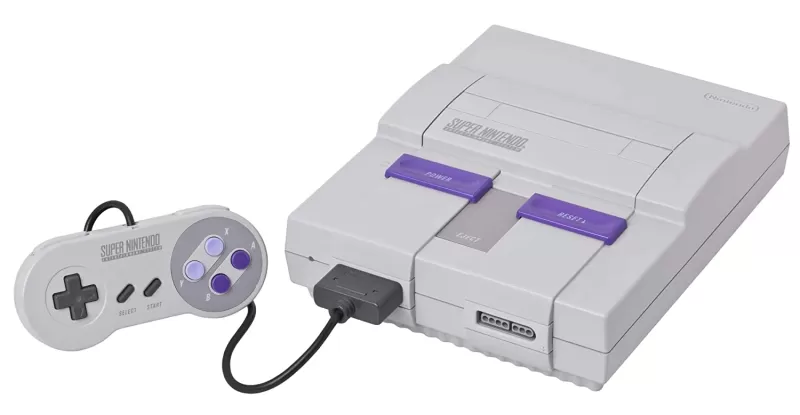 With the Super Nintendo Entertainment System (SNES), Nintendo introduced 16-bit graphics to its home consoles. This era saw significant developments in major series like Super Mario World and Donkey Kong Country. Despite entering the market later in the console generation, the SNES became the best-selling console of its time, thanks to its extensive and innovative game lineup.
With the Super Nintendo Entertainment System (SNES), Nintendo introduced 16-bit graphics to its home consoles. This era saw significant developments in major series like Super Mario World and Donkey Kong Country. Despite entering the market later in the console generation, the SNES became the best-selling console of its time, thanks to its extensive and innovative game lineup.
Virtual Boy - August 14, 1995
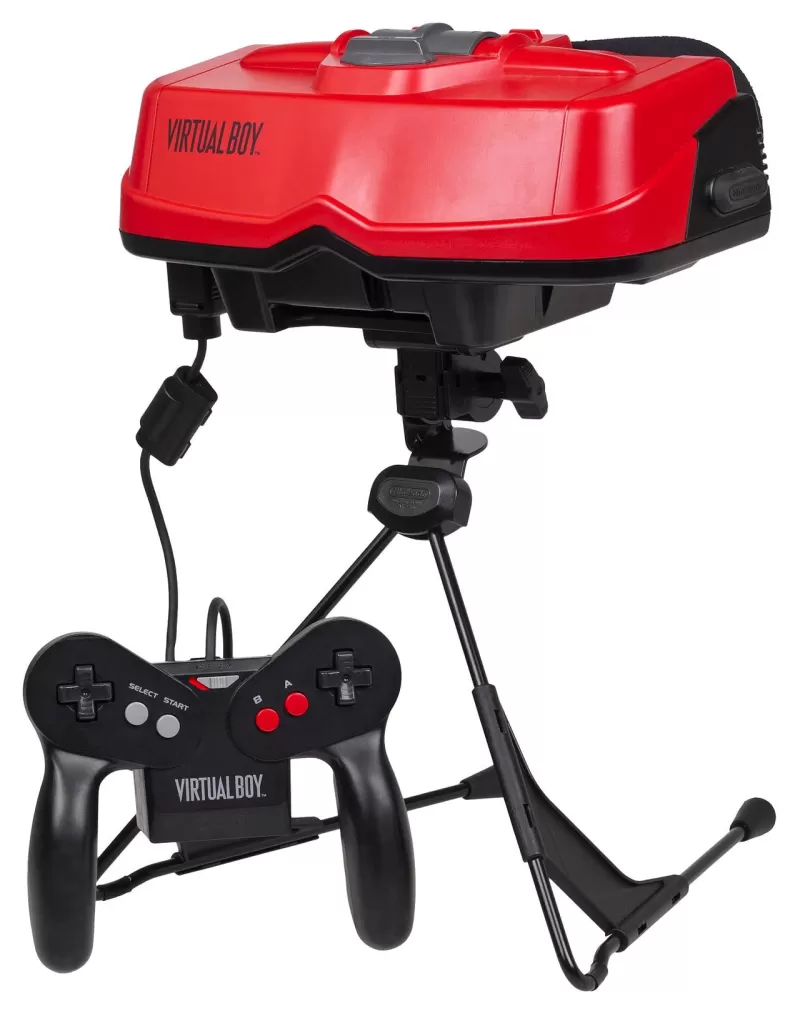 Perhaps one of Nintendo's most unique consoles, the Virtual Boy was the first to offer true 3D visuals without the need for special glasses. With just 22 games released, including titles like Mario's Tennis and Virtual Boy Wario Land, it had a brief market life of one year, selling nearly 800,000 units.
Perhaps one of Nintendo's most unique consoles, the Virtual Boy was the first to offer true 3D visuals without the need for special glasses. With just 22 games released, including titles like Mario's Tennis and Virtual Boy Wario Land, it had a brief market life of one year, selling nearly 800,000 units.
Game Boy Pocket - September 3, 1996
 A smaller, more portable version of the original Game Boy, the Game Boy Pocket featured a clearer black-and-white screen. It also boasted improved hardware for better screen response time, though its smaller size meant shorter battery life.
A smaller, more portable version of the original Game Boy, the Game Boy Pocket featured a clearer black-and-white screen. It also boasted improved hardware for better screen response time, though its smaller size meant shorter battery life.
Nintendo 64 - September 29, 1996
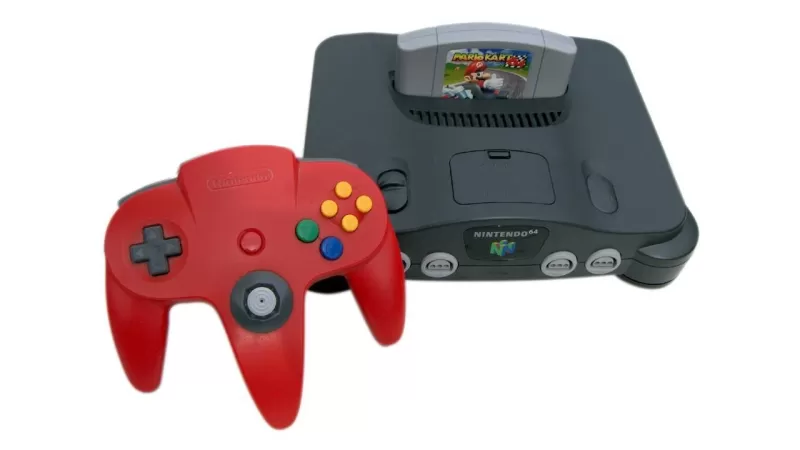 Revolutionizing home console gaming with 3D graphics, the Nintendo 64 introduced iconic titles like Super Mario 64 and The Legend of Zelda: Ocarina of Time. Its innovative controller, featuring the first analog stick, set new standards for gameplay. The N64 also offered numerous special edition models, including translucent variants.
Revolutionizing home console gaming with 3D graphics, the Nintendo 64 introduced iconic titles like Super Mario 64 and The Legend of Zelda: Ocarina of Time. Its innovative controller, featuring the first analog stick, set new standards for gameplay. The N64 also offered numerous special edition models, including translucent variants.
Game Boy Light - April 14, 1998
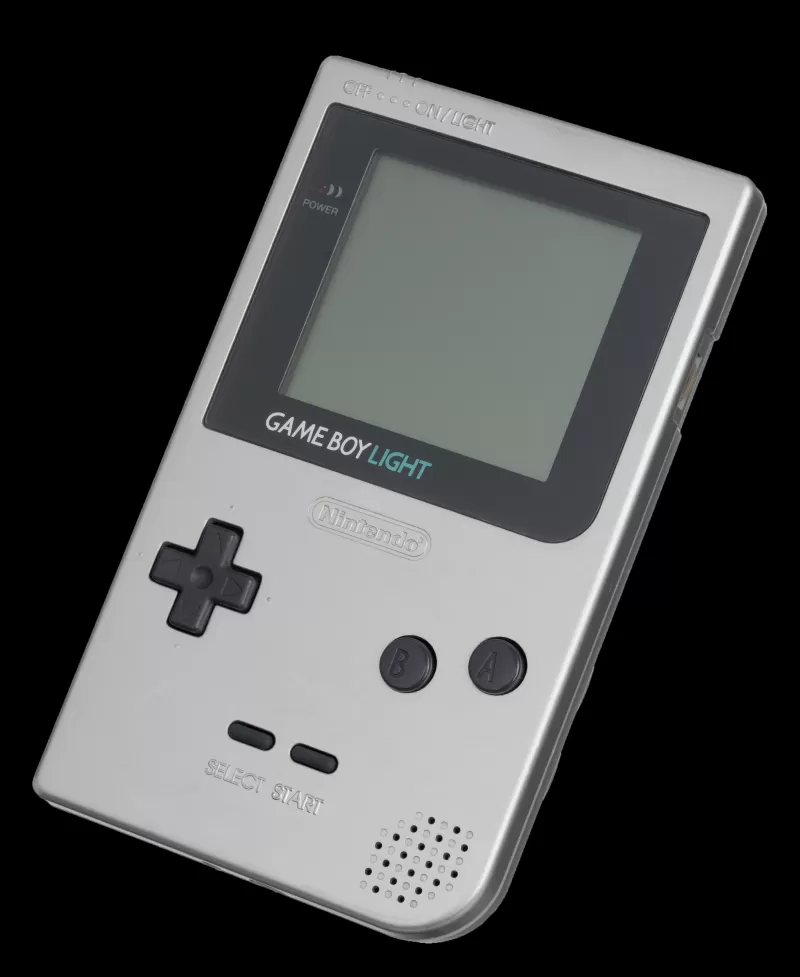 Exclusively released in Japan, the Game Boy Light was larger than the Game Boy Pocket but included a backlight for low-light gaming. This feature contributed to a longer battery life, up to 20 hours.
Exclusively released in Japan, the Game Boy Light was larger than the Game Boy Pocket but included a backlight for low-light gaming. This feature contributed to a longer battery life, up to 20 hours.
Game Boy Color - November 18, 1998
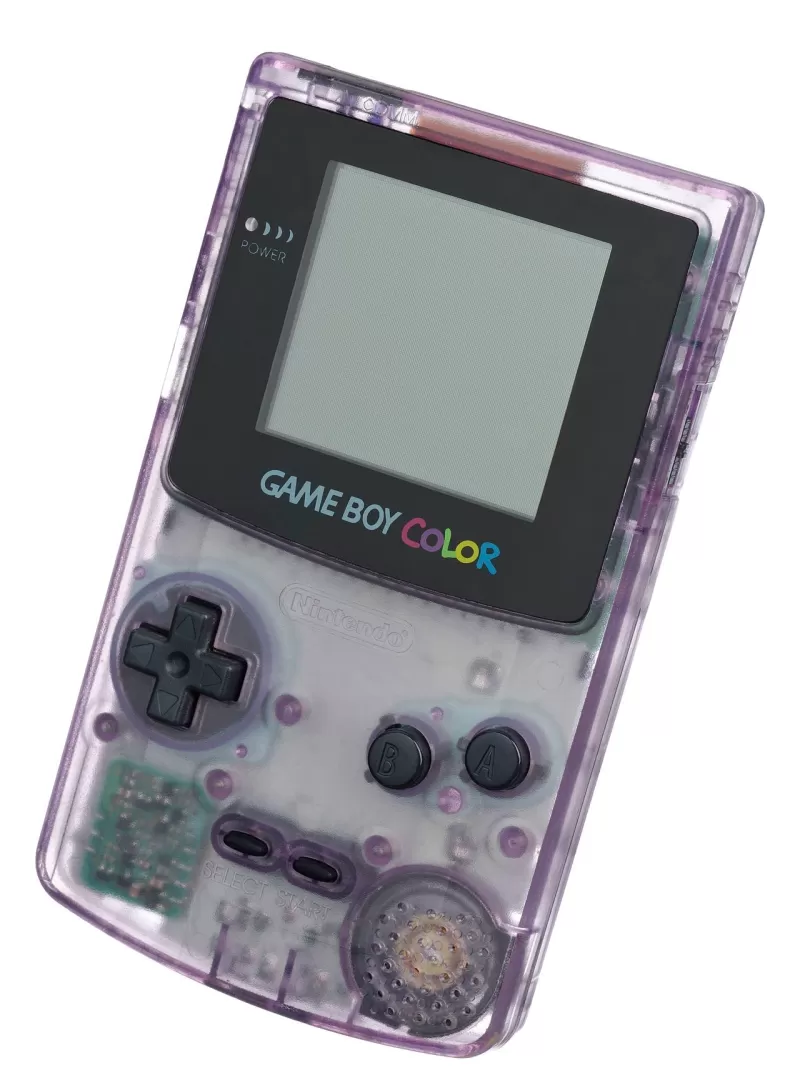 Bringing color to handheld gaming, the Game Boy Color was backward-compatible with all previous Game Boy games, enhancing classics like Tetris with vibrant colors. Its new hardware supported hundreds of exclusive titles, enriching the gaming experience.
Bringing color to handheld gaming, the Game Boy Color was backward-compatible with all previous Game Boy games, enhancing classics like Tetris with vibrant colors. Its new hardware supported hundreds of exclusive titles, enriching the gaming experience.
Game Boy Advance - June 11, 2001
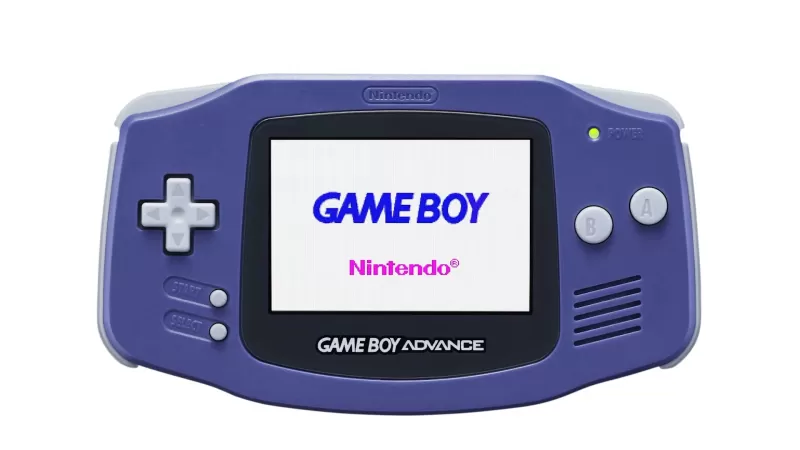 With the Game Boy Advance (GBA), Nintendo took a significant leap forward in handheld gaming technology. Its horizontal design and support for 16-bit graphics marked a departure from previous models. Backward compatibility allowed access to thousands of Game Boy and Game Boy Color games.
With the Game Boy Advance (GBA), Nintendo took a significant leap forward in handheld gaming technology. Its horizontal design and support for 16-bit graphics marked a departure from previous models. Backward compatibility allowed access to thousands of Game Boy and Game Boy Color games.
Pokémon mini - November 16, 2001
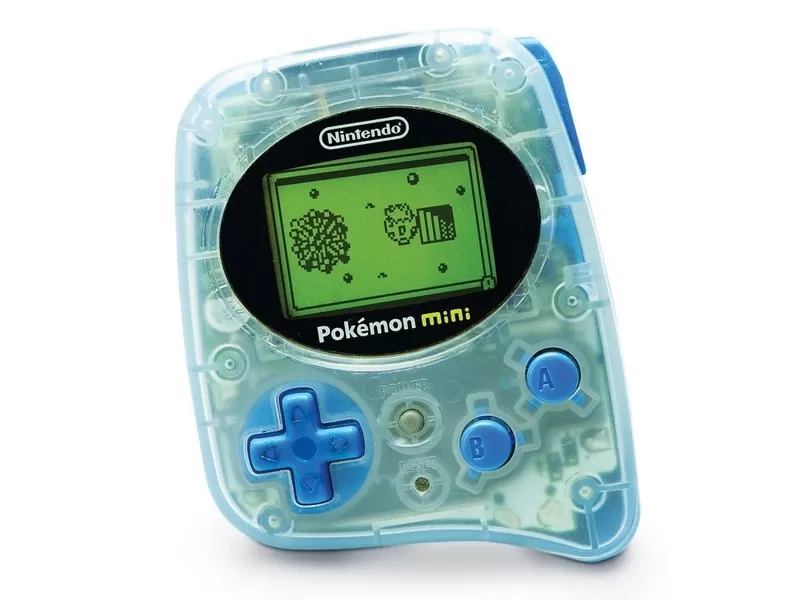
Nintendo GameCube - November 18, 2001
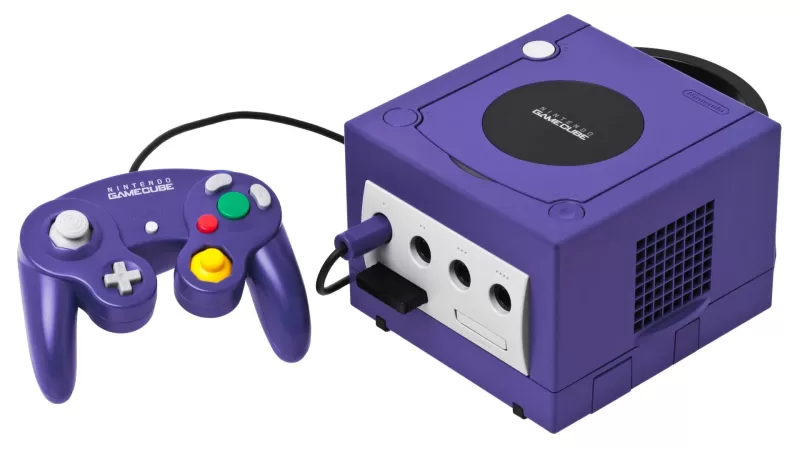 Building on the success of the Nintendo 64, the GameCube offered sequels to beloved titles like Super Mario Sunshine and The Legend of Zelda: Wind Waker. It transitioned from cartridges to discs and introduced a more ergonomic controller with rumble features. Franchises like Animal Crossing, which debuted on the GameCube, remain popular today.
Building on the success of the Nintendo 64, the GameCube offered sequels to beloved titles like Super Mario Sunshine and The Legend of Zelda: Wind Waker. It transitioned from cartridges to discs and introduced a more ergonomic controller with rumble features. Franchises like Animal Crossing, which debuted on the GameCube, remain popular today.
Panasonic Q - December 14, 2001
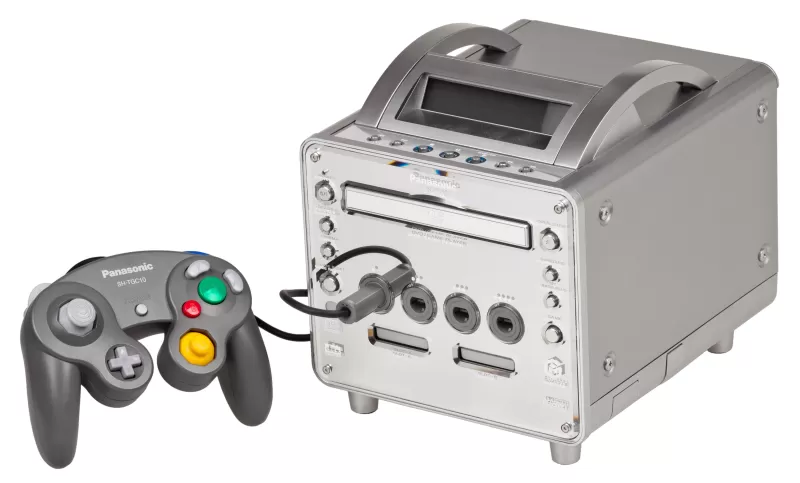 A collaboration between Panasonic and Nintendo, the Panasonic Q combined a GameCube with a DVD player. Its sleek stainless steel design and front LCD panel were unique, though high costs and low sales limited its market life to two years.
A collaboration between Panasonic and Nintendo, the Panasonic Q combined a GameCube with a DVD player. Its sleek stainless steel design and front LCD panel were unique, though high costs and low sales limited its market life to two years.
Game Boy Advance SP - March 23, 2003
 Revamping the Game Boy Advance, the Game Boy Advance SP featured a clamshell design with the screen on the top and controls on the bottom. It introduced a rechargeable battery and a backlit screen in later models, though it omitted a headphone jack, offering an adapter instead.
Revamping the Game Boy Advance, the Game Boy Advance SP featured a clamshell design with the screen on the top and controls on the bottom. It introduced a rechargeable battery and a backlit screen in later models, though it omitted a headphone jack, offering an adapter instead.
Nintendo DS - November 21, 2004
 Launching the DS line, the Nintendo DS was Nintendo's best-selling console, introducing Wi-Fi capabilities and a dual-screen design with a touchscreen. Its unique gameplay experiences set it apart in the market.
Launching the DS line, the Nintendo DS was Nintendo's best-selling console, introducing Wi-Fi capabilities and a dual-screen design with a touchscreen. Its unique gameplay experiences set it apart in the market.
Game Boy Micro - September 19, 2005
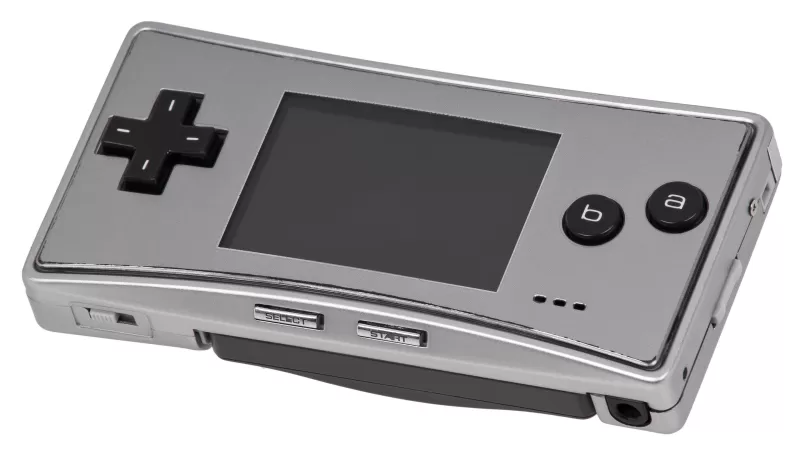 Revealed by Reggie Fils-Aimé at E3 2005, the Game Boy Micro impressed with its compact size. It maintained backward compatibility with previous Game Boy games and offered adjustable screen brightness. Its 18-month production run saw 2.42 million units sold.
Revealed by Reggie Fils-Aimé at E3 2005, the Game Boy Micro impressed with its compact size. It maintained backward compatibility with previous Game Boy games and offered adjustable screen brightness. Its 18-month production run saw 2.42 million units sold.
Nintendo DS Lite - June 11, 2006
 An updated version of the Nintendo DS, the DS Lite was slimmer, lighter, and featured brighter screens. Its improved battery life extended playtime, enhancing the overall gaming experience.
An updated version of the Nintendo DS, the DS Lite was slimmer, lighter, and featured brighter screens. Its improved battery life extended playtime, enhancing the overall gaming experience.
Nintendo Wii - November 19, 2006
 Revitalizing Nintendo's home console market, the Wii introduced motion controls via the Wii Remote. It supported numerous accessories and was backward compatible with GameCube titles. The Virtual Console allowed players to download classic games, enhancing its appeal.
Revitalizing Nintendo's home console market, the Wii introduced motion controls via the Wii Remote. It supported numerous accessories and was backward compatible with GameCube titles. The Virtual Console allowed players to download classic games, enhancing its appeal.
Nintendo DSi - November 1, 2008
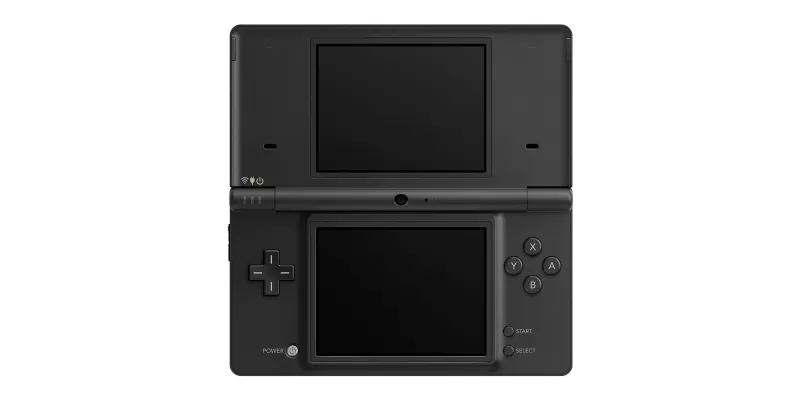 Updating the Nintendo DS, the DSi added cameras and an SD card slot for expanded storage. However, it removed the Game Boy Advance slot, marking a shift in the console's design.
Updating the Nintendo DS, the DSi added cameras and an SD card slot for expanded storage. However, it removed the Game Boy Advance slot, marking a shift in the console's design.
Nintendo DSi XL - November 21, 2009
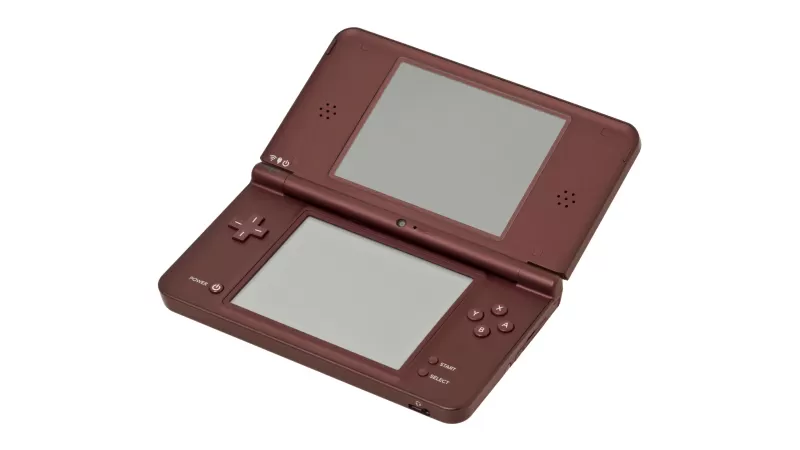 A larger version of the DSi, the DSi XL offered bigger, wider-view screens and improved sound quality. Its extended battery life made it a popular choice among gamers.
A larger version of the DSi, the DSi XL offered bigger, wider-view screens and improved sound quality. Its extended battery life made it a popular choice among gamers.
Nintendo 3DS - March 27, 2011
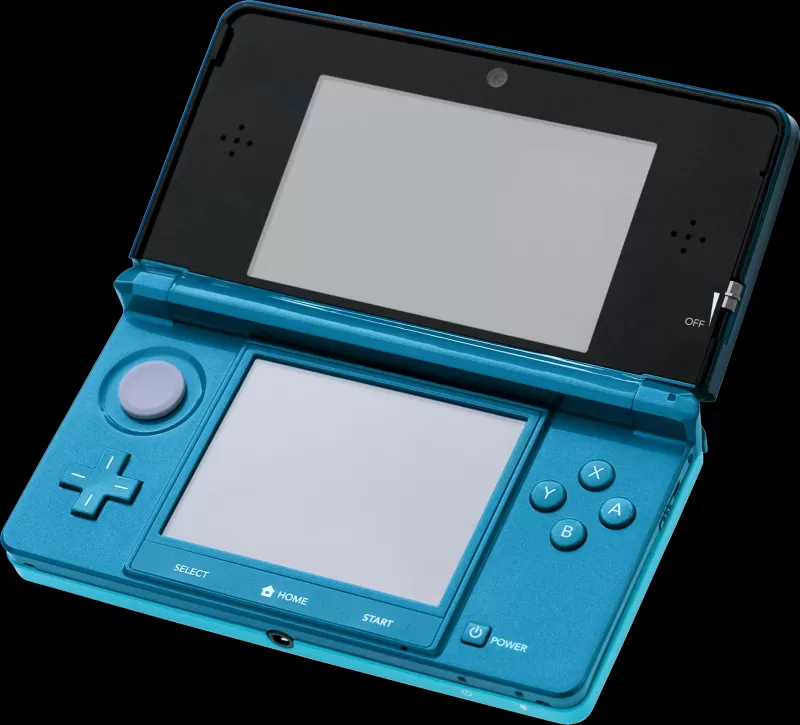 Following the DS line, the Nintendo 3DS introduced stereoscopic 3D without glasses, a feature first attempted with the Virtual Boy. It offered a robust lineup of titles, including The Legend of Zelda: A Link Between Worlds and Super Mario 3D Land.
Following the DS line, the Nintendo 3DS introduced stereoscopic 3D without glasses, a feature first attempted with the Virtual Boy. It offered a robust lineup of titles, including The Legend of Zelda: A Link Between Worlds and Super Mario 3D Land.
Nintendo 3DS XL - August 19, 2012
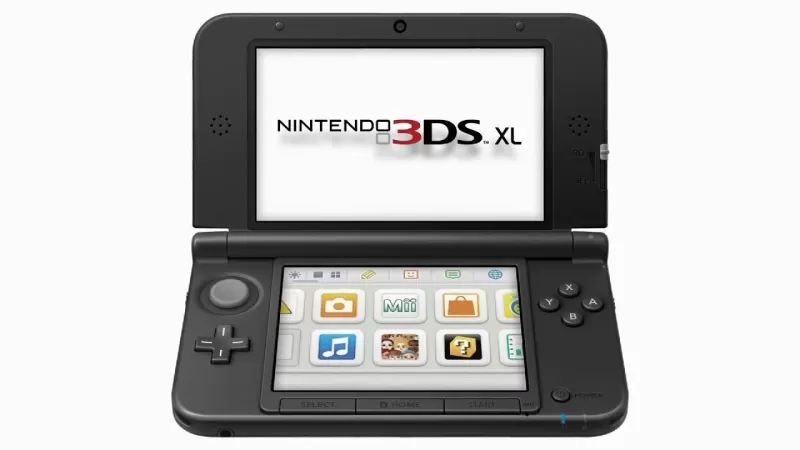 With screens 90% larger than the original 3DS, the 3DS XL enhanced gaming visibility and experience. It retained all features of the 3DS, providing a larger canvas for gameplay.
With screens 90% larger than the original 3DS, the 3DS XL enhanced gaming visibility and experience. It retained all features of the 3DS, providing a larger canvas for gameplay.
Nintendo Wii U - November 18, 2012
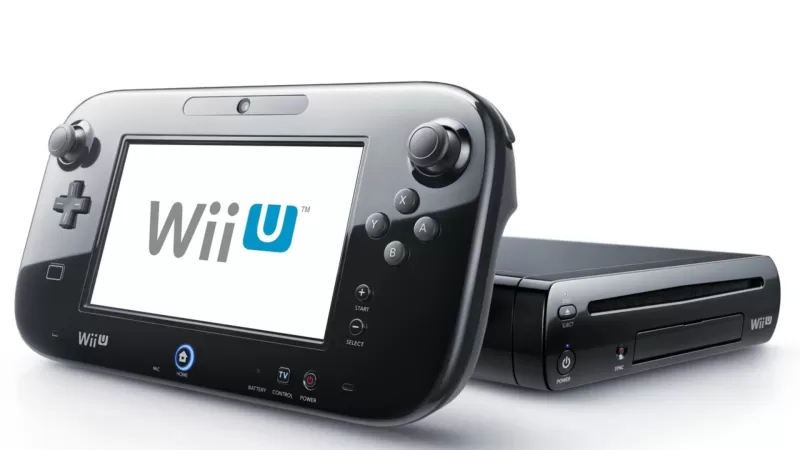 As the successor to the Wii, the Wii U introduced the GamePad controller with an integrated screen for off-TV play. It supported HD graphics and was backward compatible with Wii games. Despite strong titles like Xenoblade Chronicles X and Super Mario 3D World, poor marketing impacted its sales.
As the successor to the Wii, the Wii U introduced the GamePad controller with an integrated screen for off-TV play. It supported HD graphics and was backward compatible with Wii games. Despite strong titles like Xenoblade Chronicles X and Super Mario 3D World, poor marketing impacted its sales.
Nintendo Wii Mini - December 7, 2012
 Released at the end of the Wii's lifecycle, the Wii Mini was a smaller, lighter version that omitted GameCube support, Wi-Fi, and SD card slots. Its top-loading disc drive was a unique feature.
Released at the end of the Wii's lifecycle, the Wii Mini was a smaller, lighter version that omitted GameCube support, Wi-Fi, and SD card slots. Its top-loading disc drive was a unique feature.
Nintendo 2DS - October 12, 2013
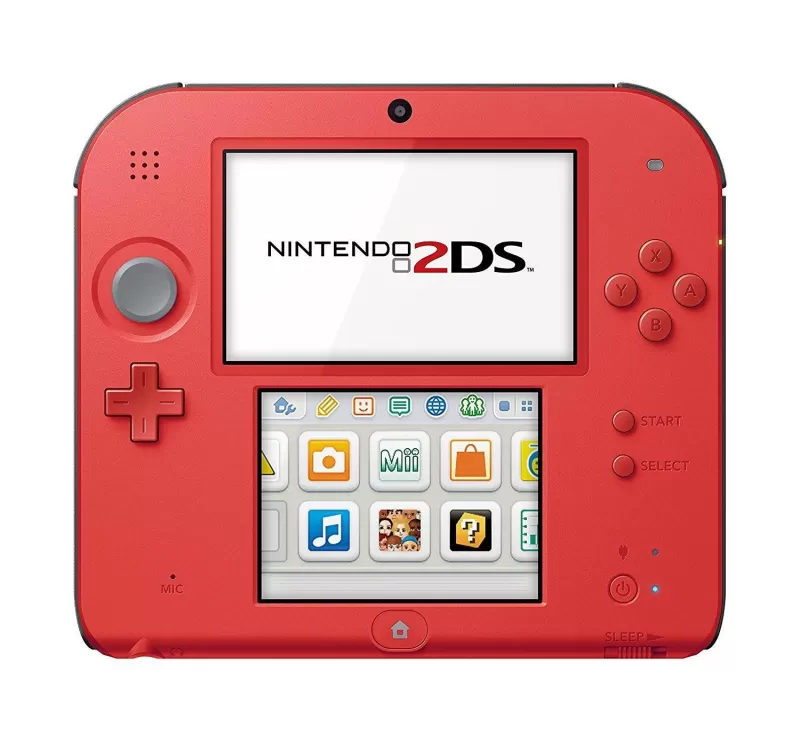 Offering 2D gaming without the 3D capabilities of the 3DS, the 2DS adopted a flat, square design. It played all 3DS games but used a mono speaker, which was a compromise to maintain a lower price point.
Offering 2D gaming without the 3D capabilities of the 3DS, the 2DS adopted a flat, square design. It played all 3DS games but used a mono speaker, which was a compromise to maintain a lower price point.
New Nintendo 3DS - October 11, 2014
 Upgrading the 3DS, the New Nintendo 3DS added a C-Stick, ZR and ZL buttons, and NFC support for amiibo. Its staggered release across different regions delayed its North American debut until September 2015.
Upgrading the 3DS, the New Nintendo 3DS added a C-Stick, ZR and ZL buttons, and NFC support for amiibo. Its staggered release across different regions delayed its North American debut until September 2015.
New Nintendo 3DS XL - February 13, 2015
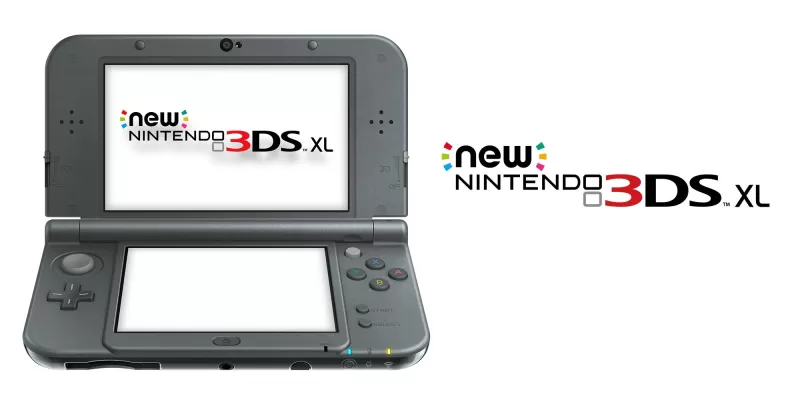 Larger than the New 3DS, the New 3DS XL offered even bigger screens for immersive gameplay. It removed the ability to change face plates, offering multiple special editions instead.
Larger than the New 3DS, the New 3DS XL offered even bigger screens for immersive gameplay. It removed the ability to change face plates, offering multiple special editions instead.
Nintendo Switch - March 3, 2017
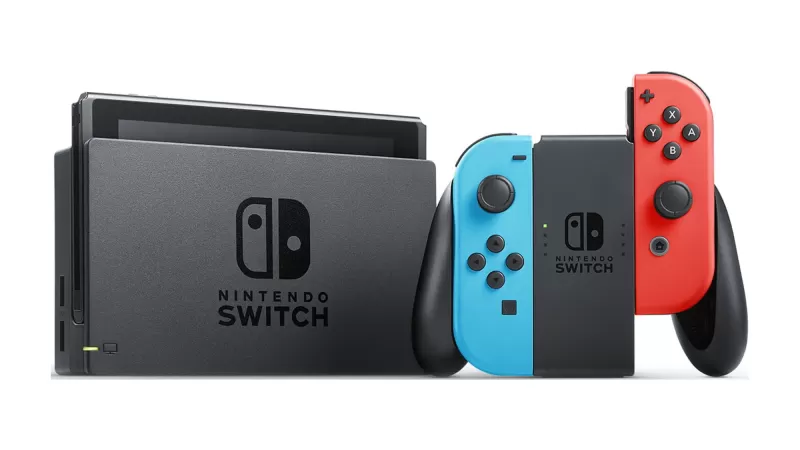 Combining home and portable gaming, the Nintendo Switch revolutionized the industry. With a stellar first-party game library and various special editions, it brought gaming to new heights, playable anywhere from home to on-the-go.
Combining home and portable gaming, the Nintendo Switch revolutionized the industry. With a stellar first-party game library and various special editions, it brought gaming to new heights, playable anywhere from home to on-the-go.
New Nintendo 2DS XL - July 28, 2017
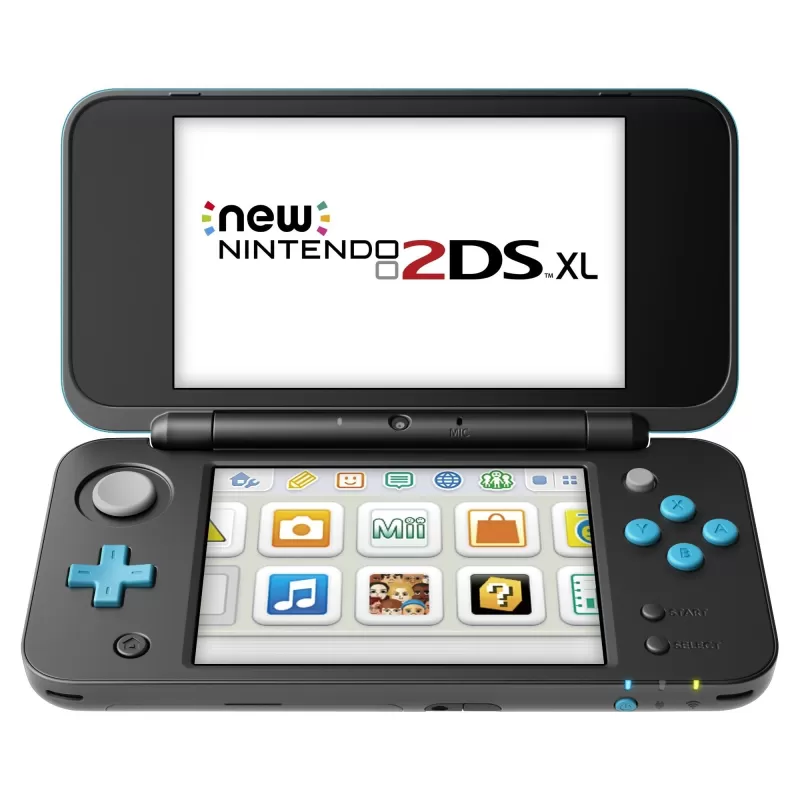 Updating the 2DS, the 2DS XL added an analog stick, shoulder buttons, and amiibo support. Its clamshell design allowed it to play New 3DS titles, expanding the gaming options available.
Updating the 2DS, the 2DS XL added an analog stick, shoulder buttons, and amiibo support. Its clamshell design allowed it to play New 3DS titles, expanding the gaming options available.
Nintendo Switch Lite - September 20, 2019
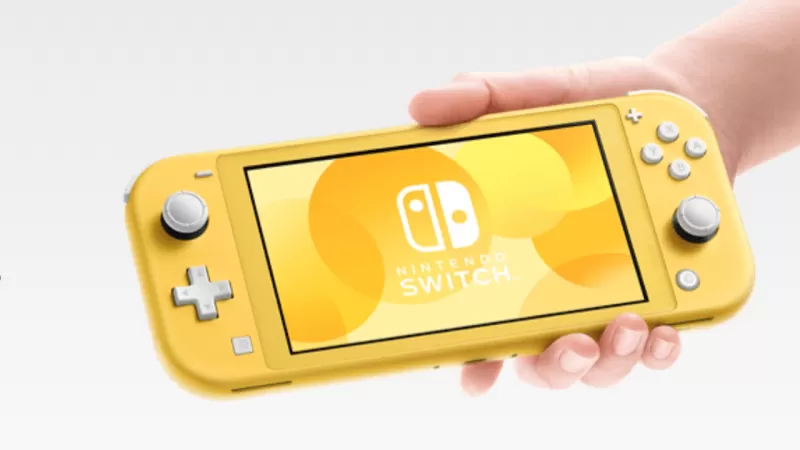 Designed for handheld play only, the Switch Lite featured a smaller body with built-in controllers. Its lower price point made it an attractive option for gamers on the move.
Designed for handheld play only, the Switch Lite featured a smaller body with built-in controllers. Its lower price point made it an attractive option for gamers on the move.
Nintendo Switch OLED model - October 8, 2021
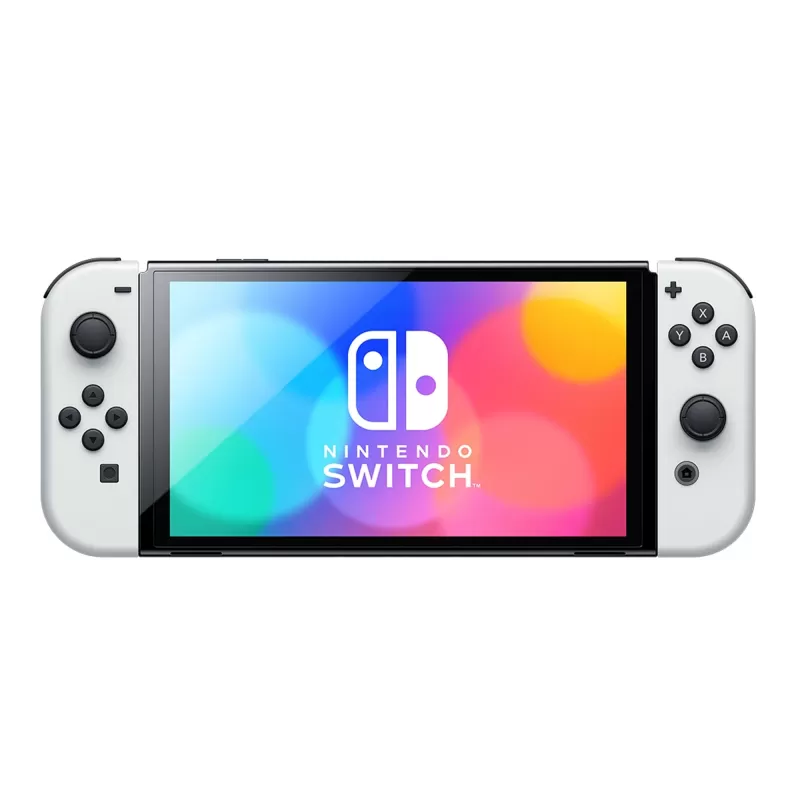 Enhancing the Switch experience, the OLED model boasted a larger 7-inch OLED screen, improved speakers, and a new kickstand. It debuted alongside Metroid Dread, adding to its allure.
Enhancing the Switch experience, the OLED model boasted a larger 7-inch OLED screen, improved speakers, and a new kickstand. It debuted alongside Metroid Dread, adding to its allure.
Upcoming Nintendo Consoles
Following years of speculation, Nintendo has officially unveiled the Switch 2. The reveal trailer highlights a new way to attach Joy-Cons, a larger screen, and an additional USB-C port. It also suggests the use of Joy-Cons as a mouse, hinting at new gameplay mechanics. The trailer teases a potential new Mario Kart with 24-player races and confirms "mostly" backward compatibility, ensuring continued support for both physical and digital games.Analysts estimate the Switch 2 will be priced around $400. Based on the trailer, we've gathered all the known details, but a Nintendo Direct scheduled for April 2 is expected to provide more information, including a release date.
AnswerSee Results-
 Trap Master: Merge DefenseNo emocionante jogo Trap Master: Merge Defense, você se encontra em uma caverna repleta de tesouros, mas cuidado! Vilões espreitam nas sombras, prontos para roubar seu precioso saque! Sua missão é armar armadilhas inteligentes para dar uma lição ness
Trap Master: Merge DefenseNo emocionante jogo Trap Master: Merge Defense, você se encontra em uma caverna repleta de tesouros, mas cuidado! Vilões espreitam nas sombras, prontos para roubar seu precioso saque! Sua missão é armar armadilhas inteligentes para dar uma lição ness -
 Paadise Lust 2Get ready for a sizzling tropical adventure with Paradise Lust 2! Return to the vibrant island of Tuvatuva, where romance blooms, secrets linger, and passion ignites under the tropical sun. Featuring enchanting 2D visuals and engaging point-and-clic
Paadise Lust 2Get ready for a sizzling tropical adventure with Paradise Lust 2! Return to the vibrant island of Tuvatuva, where romance blooms, secrets linger, and passion ignites under the tropical sun. Featuring enchanting 2D visuals and engaging point-and-clic -
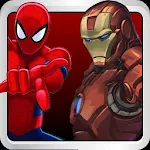 Spiderman vs Iron Man 3D AdventuresSpider-Man vs Iron Man 3D Adventures brings your favorite Marvel heroes together in an action-packed mobile experience. Featuring breathtaking 3D visuals, pulse-pounding sound design, and dynamic gameplay mechanics, this electrifying runner game deli
Spiderman vs Iron Man 3D AdventuresSpider-Man vs Iron Man 3D Adventures brings your favorite Marvel heroes together in an action-packed mobile experience. Featuring breathtaking 3D visuals, pulse-pounding sound design, and dynamic gameplay mechanics, this electrifying runner game deli -
 Trading 212 - Stocks & ForexDiscover Trading 212 - the premier UK investment platform offering commission-free trading for both active investors and long-term wealth builders. Trade global markets without fees using an intuitive platform packed with powerful tools. Begin with
Trading 212 - Stocks & ForexDiscover Trading 212 - the premier UK investment platform offering commission-free trading for both active investors and long-term wealth builders. Trade global markets without fees using an intuitive platform packed with powerful tools. Begin with -
 Silent HillExperience the art of Silent Hill right in your hands.Welcome to the official Silent Hill artist app, a digital portal into its compelling and unique artistic world. Explore and connect with the creative universe of Silent Hill through a carefully or
Silent HillExperience the art of Silent Hill right in your hands.Welcome to the official Silent Hill artist app, a digital portal into its compelling and unique artistic world. Explore and connect with the creative universe of Silent Hill through a carefully or -
 Kuaför Ebru Enes[ttpp]Barber Ebru Enes Mobile App...[/ttpp][yyxx](Kuaför Ebru&Enes) Ebru& Enes ÇUKUR was established on January 1, 2012, offering premium beauty and hair care services in a relaxing, high-standard salon environment. Our comfortable space is designed to help you unwind and enjoy a pleasant experience
Kuaför Ebru Enes[ttpp]Barber Ebru Enes Mobile App...[/ttpp][yyxx](Kuaför Ebru&Enes) Ebru& Enes ÇUKUR was established on January 1, 2012, offering premium beauty and hair care services in a relaxing, high-standard salon environment. Our comfortable space is designed to help you unwind and enjoy a pleasant experience

